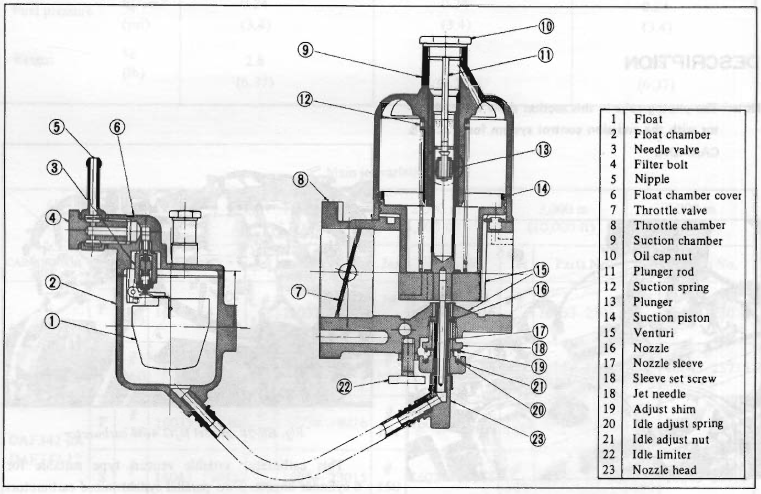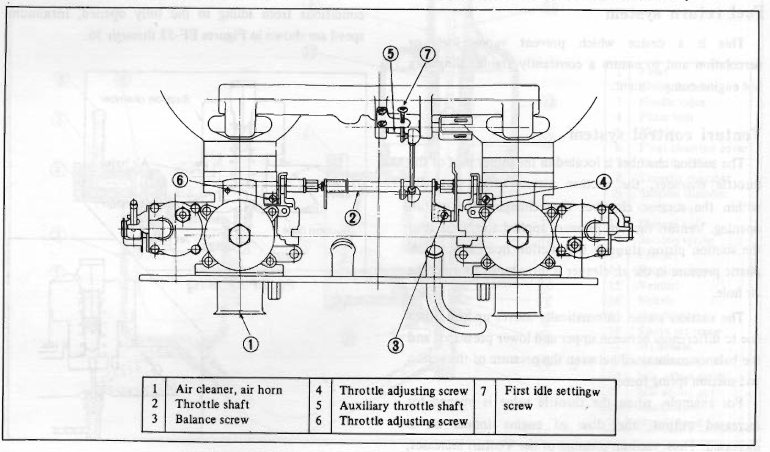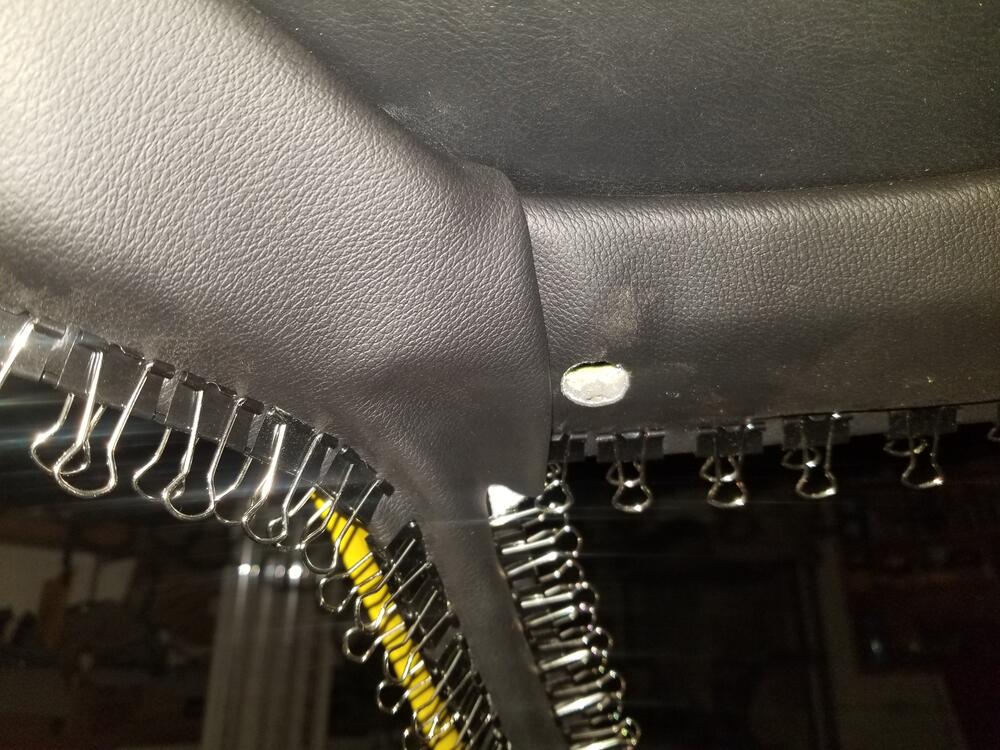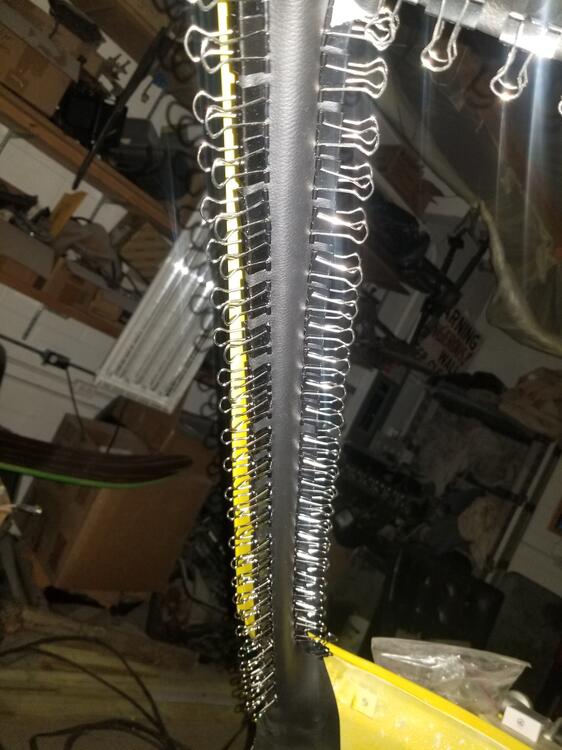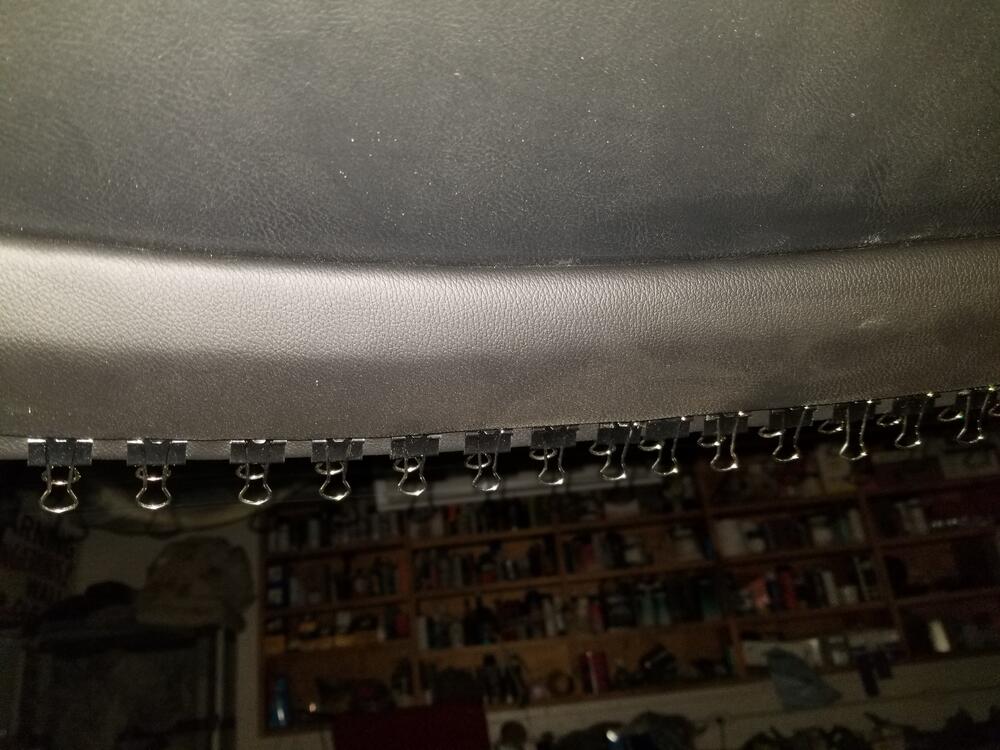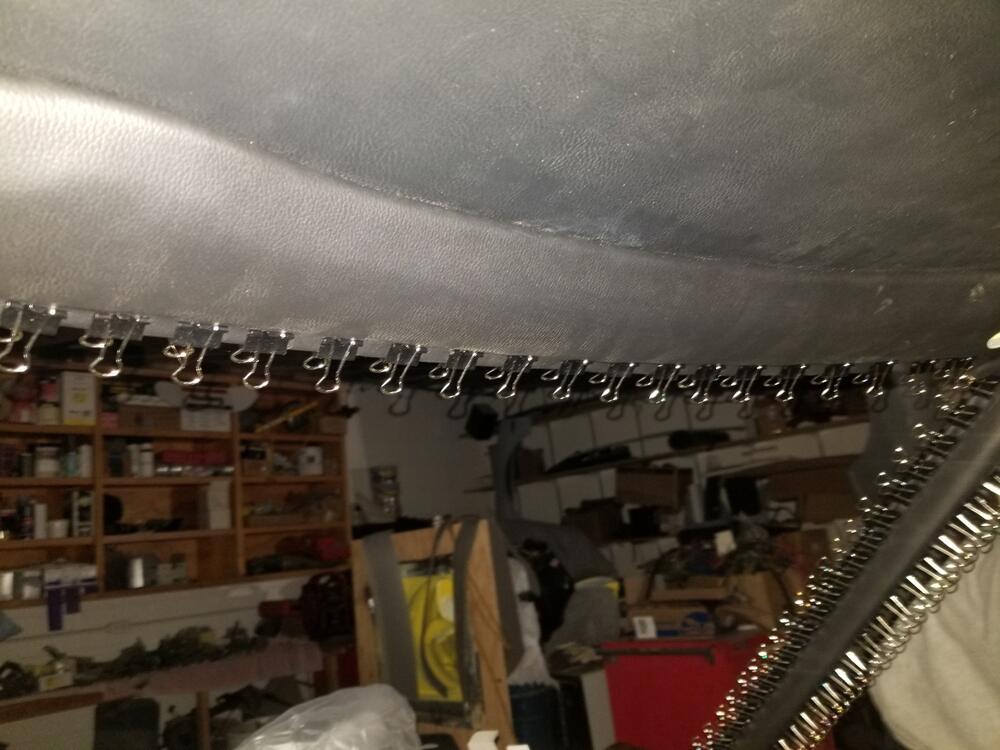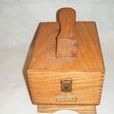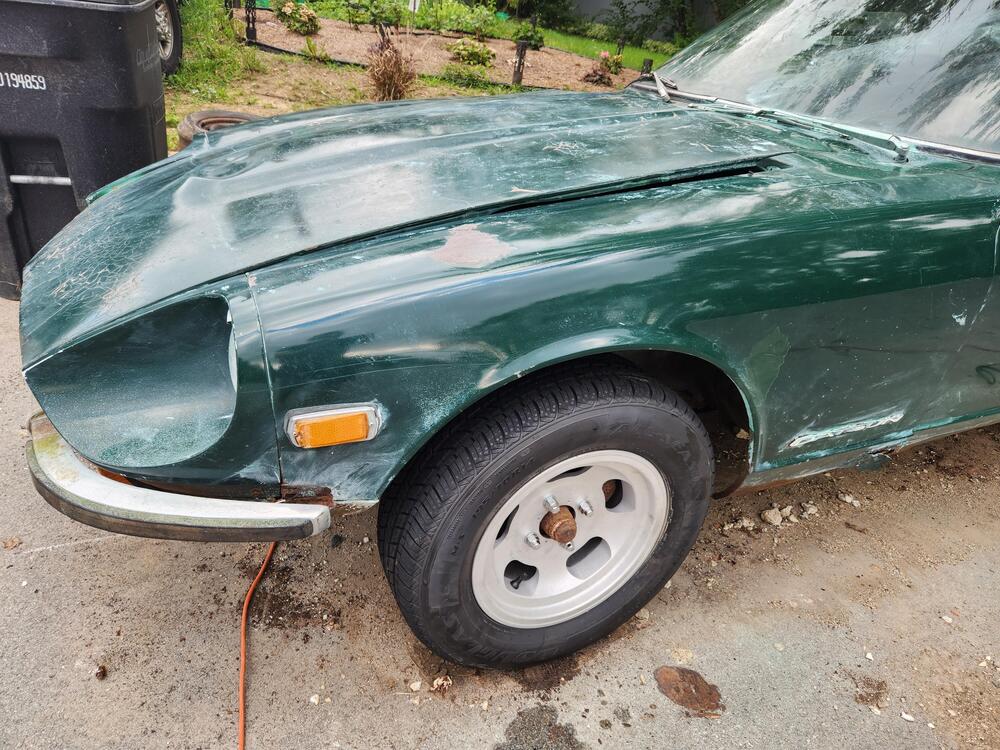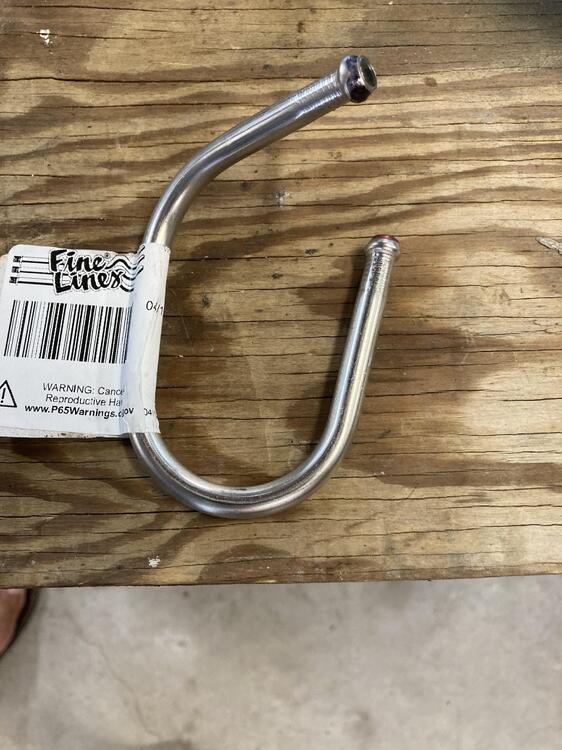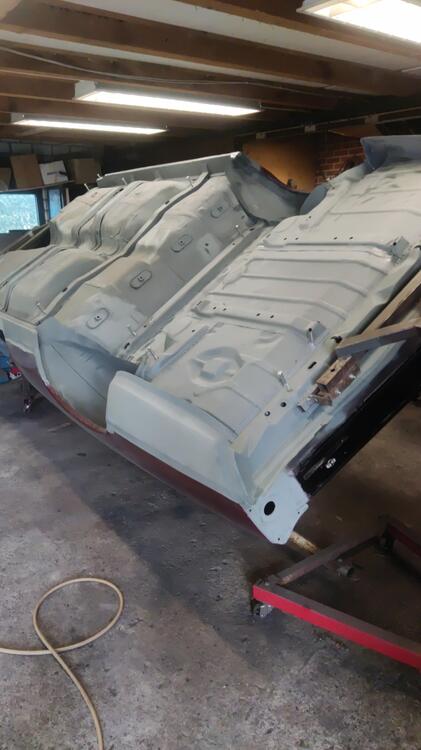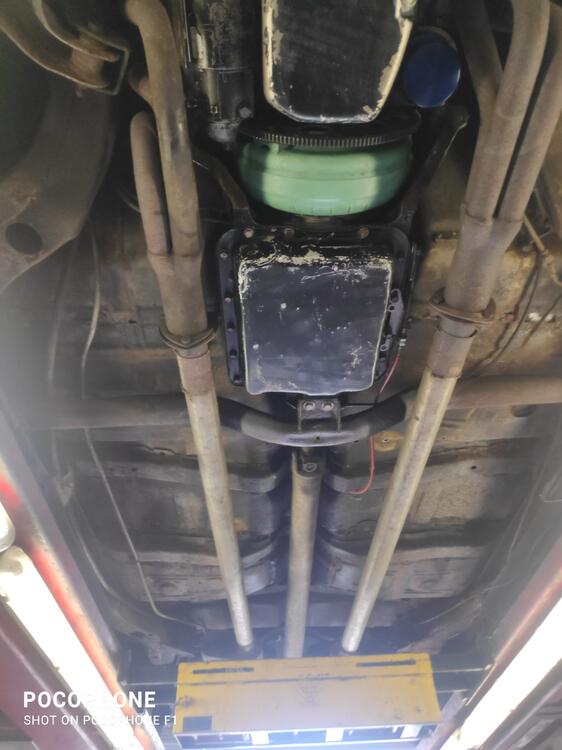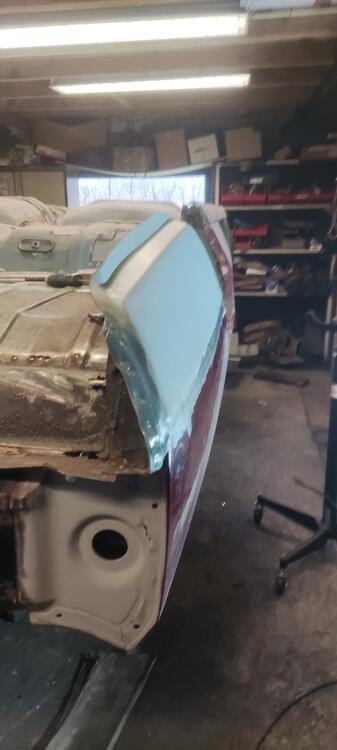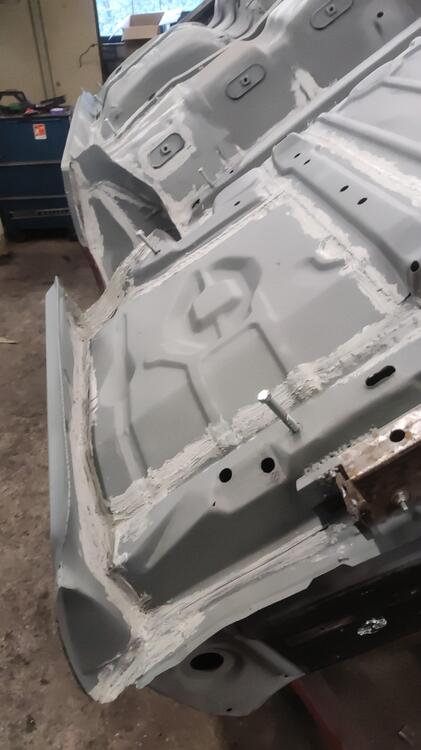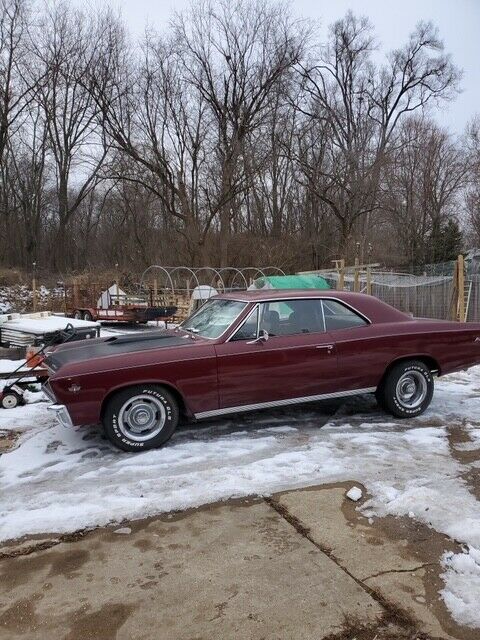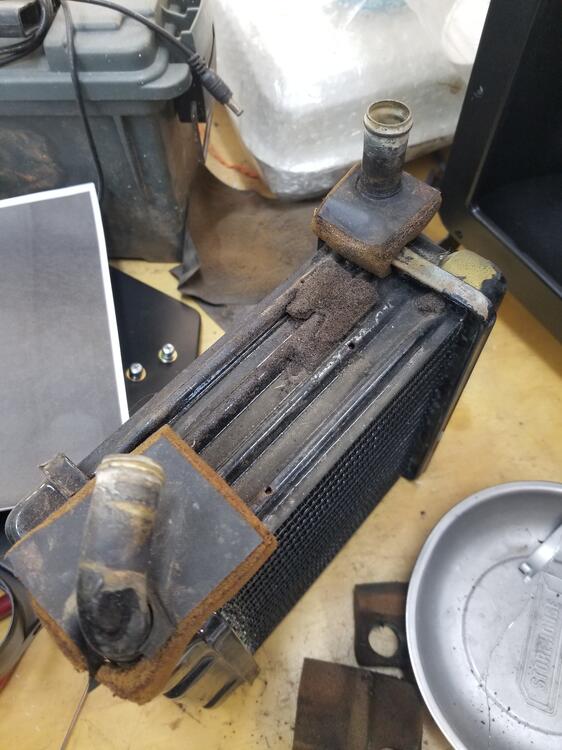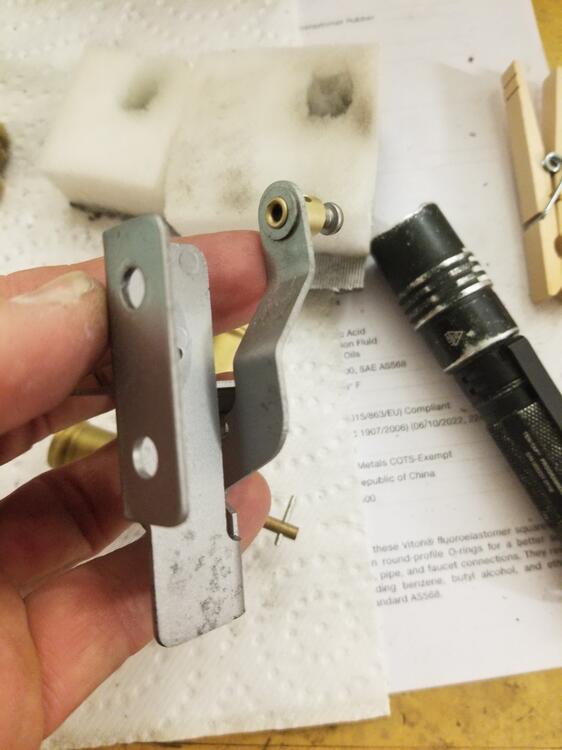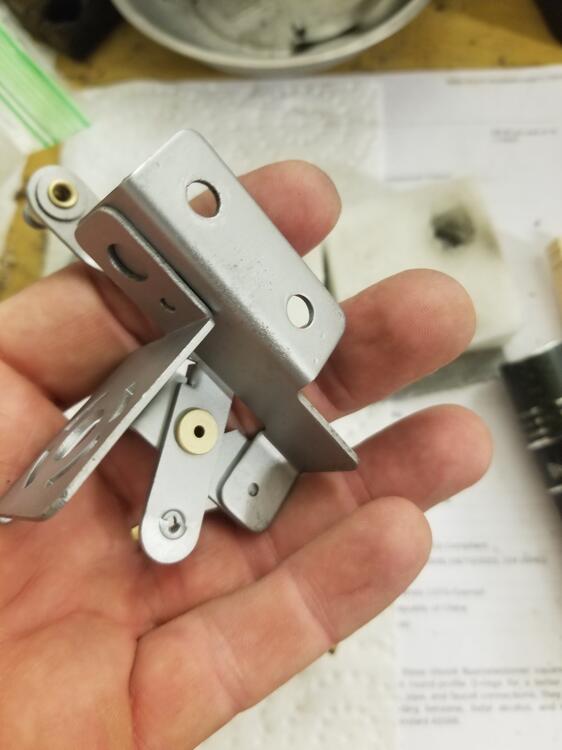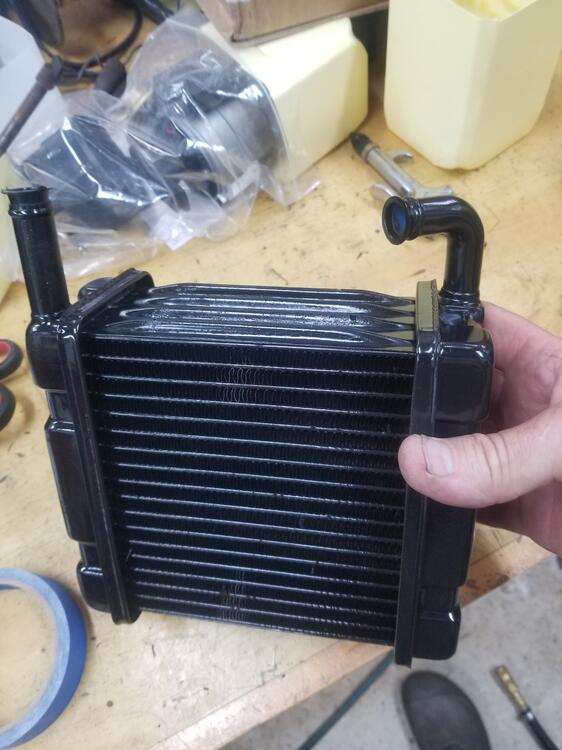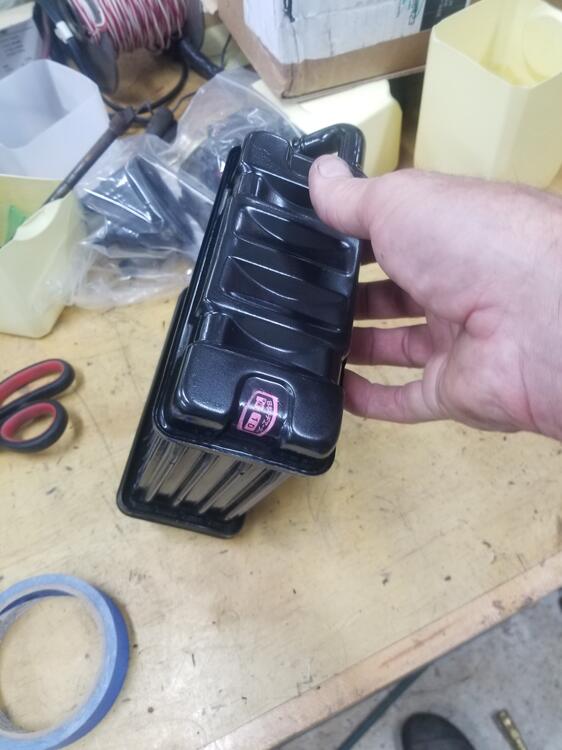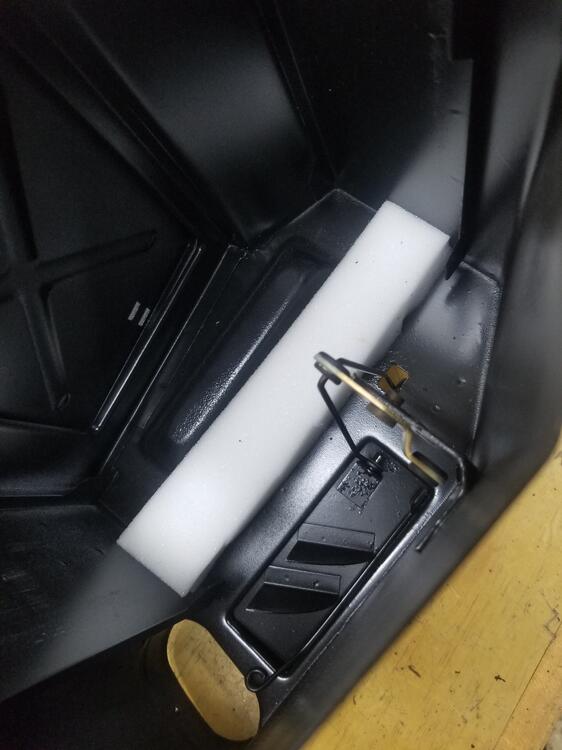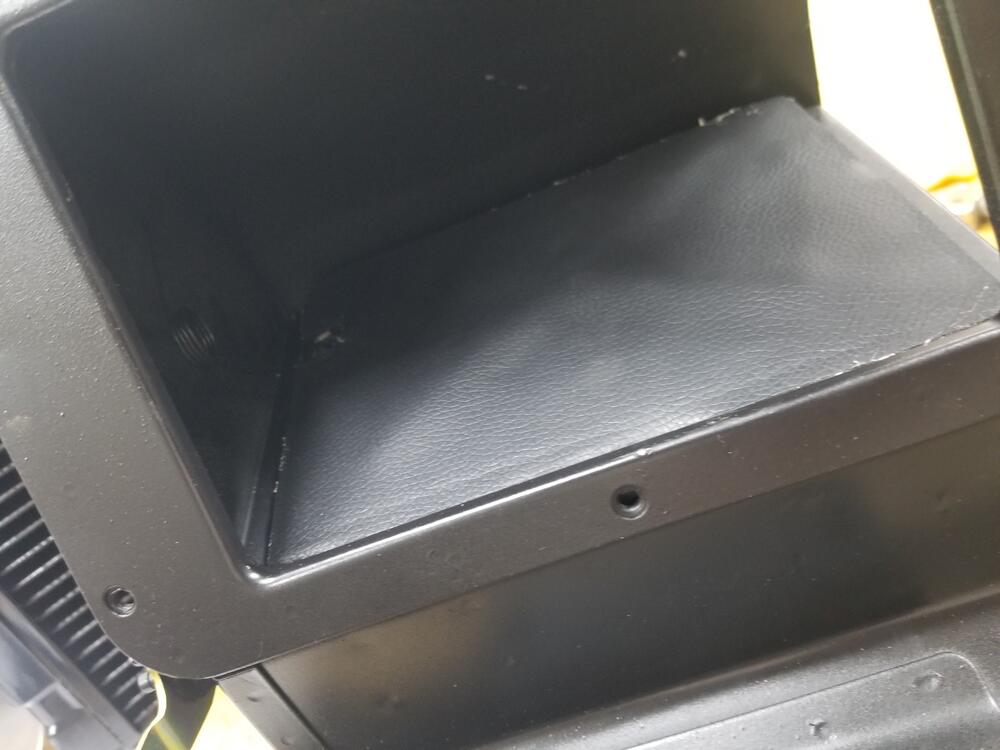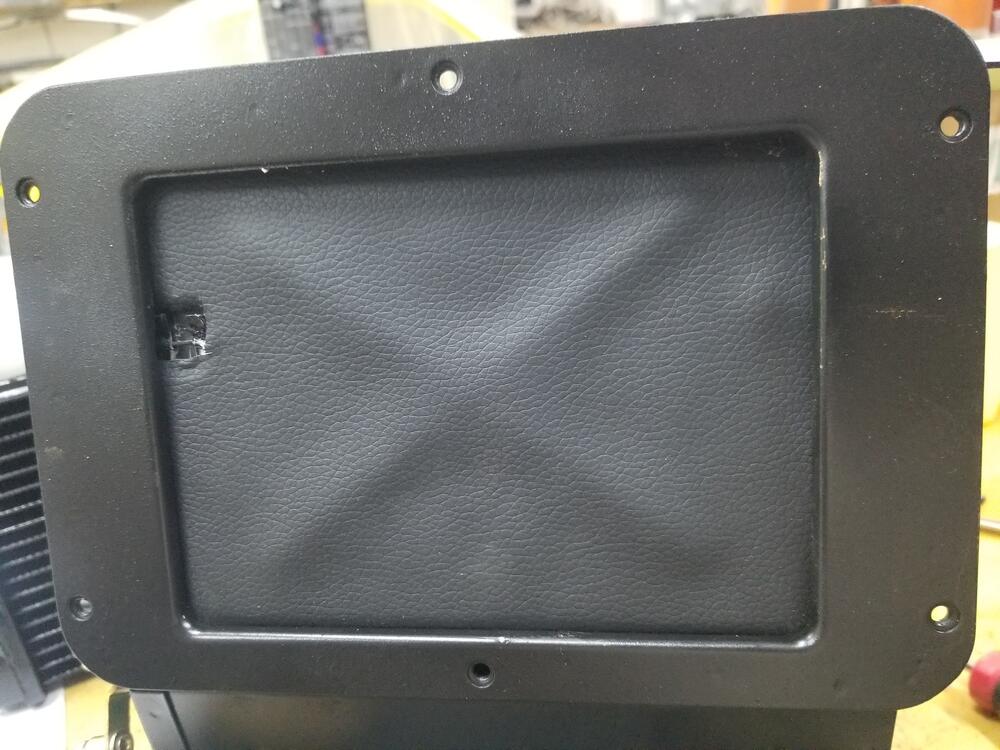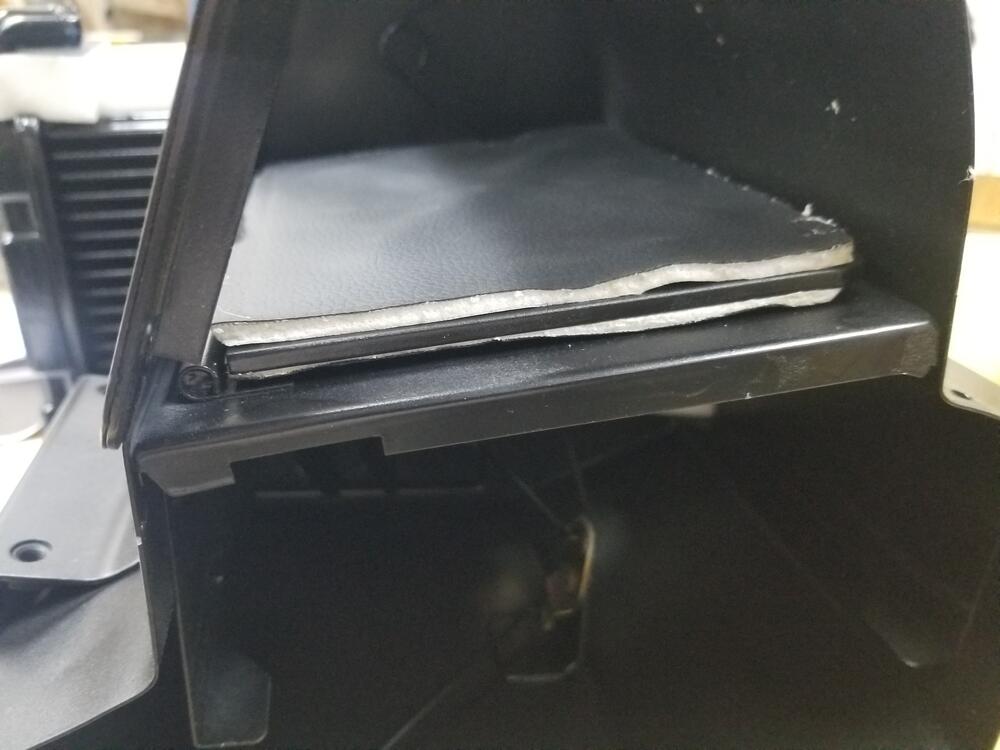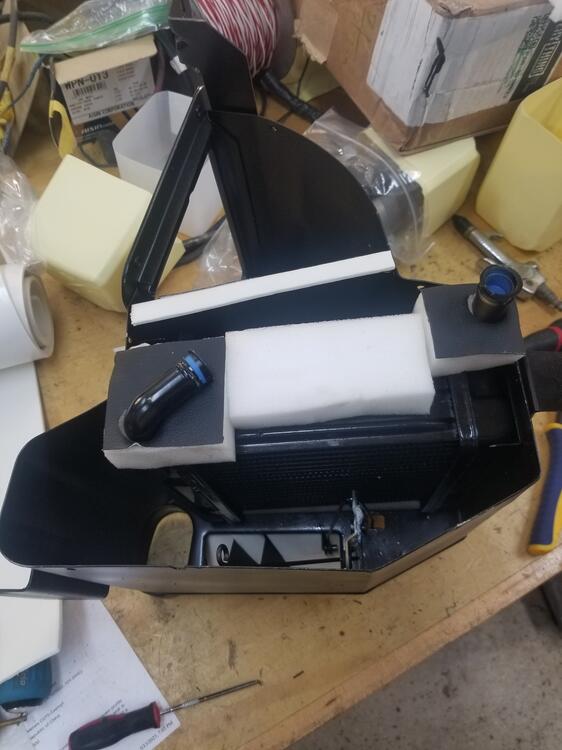It’s far more complicated than “copper is better than aluminum.”
Yes, a chunk of copper transfers heat better than a chunk of aluminum. However, if you look at computer heat sync design, you’ll see that they frequently use a copper base to pull heat out of the devices, but then have aluminum vanes to radiate the heat because of aluminum’s ability to transfer heat to the air. I don’t know the science in this, but I have read in a handful of places that copper is better at absorbing heat and aluminum is better at expelling heat. That might be suspect, but it might be true.
Also, copper radiators are tin soldered and aluminum radiators are brazed/welded with aluminum. Tin soldering inhibits the heat transfer between the copper pieces, reducing the overall efficiency of the radiator as a whole. Welding doesn’t introduce this problem, so that brings the net effect closer together.
Additionally, aluminum is stronger, which allows manufacturers to use different designs and to have denser tubing throughout the core, not to mention parallel flow vs serpentine, etc. A copper radiator made the same way would weigh 100 pounds.
Add into that the quality of the manufacturing and you are 100% precluded from saying a copper/brass radiator is always better than an aluminum one. I already know that (on a test bench) a Koyo cross flow is more efficient than a copper 3-row, and that is because of the design.
But that doesn’t mean the Koyo is the better option. The fact that it can’t take a shroud negates some of that better design and manufacturing. But people still rave over their Koyos, which is why I am looking for real world experience with Champion vs Koyo.
So if we could get back on topic and look at the performance of specific radiator models against each other I would appreciate it.
 Subscriber
Subscriber 7Points11,142Posts
7Points11,142Posts








